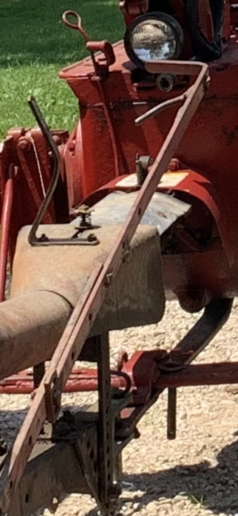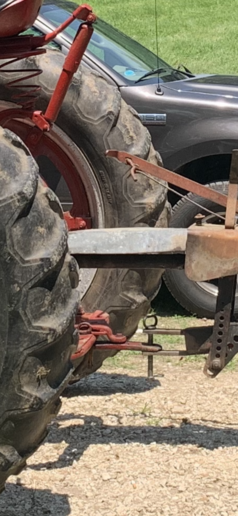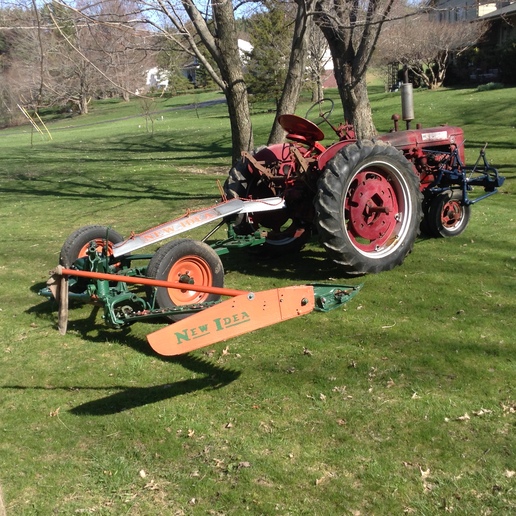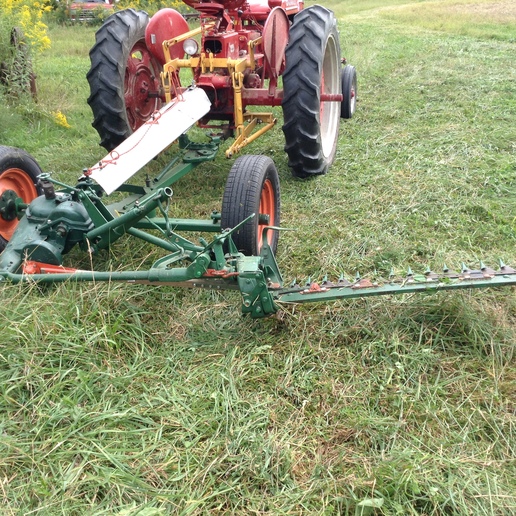(quoted from post at 07:34:07 09/04/21)
(quoted from post at 07:31:44 09/04/21)
The upside down trough type of shield was ultimately found to be worse than no shield because they produced a draft which would draw loose clothing or long hair in.
This is the 1st time I've heard that theory about the old style pto shields.
Tx Jim, it is not a theory.
In August 1991, the Agricultural Health Nurse Program (AHNP) of New York received a report of a woman who was scalped (i.e., traumatic avulsing of the scalp) when her hair became entangled in a hay baler. Subsequent investigations by the AHNP identified three similar incidents. One was identified through a rehabilitation service and one by a machinery dealer; one of these women identified the third person. In all four cases, the injuries resulted from entanglements with rotating secondary drivelines, shielded from above by three-sided guards, on hay-baling equipment. This report summarizes the four incidents and discusses strategies for prevention of similar incidents related to operation of farm machinery.
Index case. In July 1991, a 47-year-old woman was baling hay on a windy day. She stopped and dismounted the tractor but left the tractor throttle on idle and did not disengage the power take-off (PTO) shaft that transmitted power to the baler. She then walked to the rear of the baler, past a secondary driveline shaft that powered a bale thrower attached to the rear of the baler. This secondary driveline, which was about 4 feet off the ground, was shielded by an inverted U-shaped guard (i.e., a tunnel guard) that left the bottom of the driveline unguarded. While at the rear of the baler, the operator's hair (which she reported was tied back in a bandanna and tucked inside her shirt), became entangled in this driveline. The rotating force of the driveline shaft avulsed her entire scalp, from the back of the neck to the facial brow line. These injuries required extensive skin grafting and left her permanently disfigured. She had no memory of her specific activities when the entanglement occurred.
Case 2. In July 1990, a 30-year-old woman was baling hay with a recently purchased, used baler. She reportedly reduced the engine speed of the tractor powering the baler and dismounted the stopped tractor to adjust the tension levers on the baler. While she was bending over the rear of the baler, her hair, tied in a long ponytail, became entangled in the secondary driveline running to the bale thrower. All of her hair was pulled from her scalp. The secondary driveline was shielded with a tunnel guard.
Case 3. In July 1981, a 42-year-old woman operating a baler leaned against the rear of the baler to evaluate a problem with the machinery. Her shoulder-length hair became entangled in the bale thrower secondary driveline, which was shielded with a tunnel guard. Her right ear and the right side of her scalp were avulsed.
Case 4. In June 1976, a 42-year-old woman who was baling hay walked by the rear of the baler. Her hair, which was reportedly tied in a bun, became entangled in a secondary driveline, and her entire scalp was avulsed. In addition, she received serious facial injuries, which required extensive reconstructive surgery. As in the three other cases, the secondary driveline powered the bale thrower at the rear of the baler and was shielded by a tunnel guard.
When I read about this years ago there was a picture of a New Holland with a thrower with the PTO shaft running along side the baler with the upside down shield over it. There is plenty more about this.









